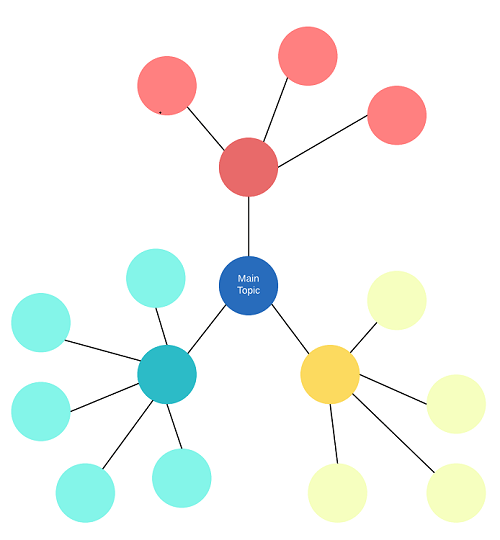How to Use Keyword Clustering to Create Better Content
As an SEO professional (or amateur) you may have come across the term keyword clustering and brushed it off as a synonym for keyword stuffing. Unlike stuffing, clustering is a nifty technique that will vastly improve your content. The process of clustering helps to focus content on what is truly relevant. In this way you can create content that satisfies the user.

What makes Keyword Clustering Unique?
To understand what make the practice of clustering so unique, we need to understand what it really means. Keyword clustering groups related keywords so as to easily form a core page and its related sub-cluster pages. It does not only focus on search volumes but terms that are closely related to each other in terms of theme and concept. Keyword clustering is used to focus on keywords that directly align with user intent is a practice search engine optimization (SEO) professionals use to segment target search terms into groups (clusters) relevant to each page of the website
How to Cluster Keywords in 5 Easy Steps
- Collect a load of keywords from competitors, Search Console, Semrush, related searches on goolgle and as many other sources you can think of.
- Analyse your keywords by breaking them apart into individual words and phrases using http://www.writewords.org.uk/phrase_count.asp
- Breaking your keywords down to these components helps you zero in on user intent, what people are really looking for when they search for the topic you’re writing about
- From your analysis of the keywords get your hot words / word stems, that is words that you have understood to be very important and relevant to your content and transpose them horizontally on your spreadsheet.
Once you’ve done this use the formula =IF(RegExMatch(A5,”health”),”YES”,”NO”) to see if the word stem appears in your list of keywords
- Group your keywords. You need good judgement to do this well. It is very important to know who your target audience is and what it is they are looking for on your page
You need to use the COUNTA formula to get the number of times your hot word / word stem appears in your keywords.
=COUNTA(C3:C411) C being the column where your hotword is and the number 3 is the row where your keywords start and 411 is the row where they end
5.Start with the hot word stem with that appears the least number of times
Once you have gone through all your hotwords you have a number of keyword clusters that fall under a common term.
If your clusters still contain to many broad terms you can then break these down further into different keyword groups / clusters
3 Benefits of Keyword Clustering
- Clustering helps create a clear logical structure for content, as we mentioned earlier you can easily deduce what should be a core page and what should be a sub topic under the core page.
- When you have broken down your clusters into more focused keywords, your clusters will open you up to other content ideas that you may not have explored
- Following your keyword clusters, you can start writing content optimised for that cluster which will target a group of keywords instead of just one keyword


